‘The Deluge’ is a climate nightmare — and it’s based on reality – Grist

Excerpt: Stephen Markley explains how he wrote a dystopia that feels a little too real.
It was the year 2028, and I was hiding with eco-terrorists in a cabin deep in the woods…Birds were dropping dead from the sky, and a dust storm raged around us, turning the sun crimson…I was relieved to wake up from this dream and shake my paranoia that the FBI was after me. That’s how immersive The Deluge is, an ambitious new novel by Stephen Markley…
8 artists who are grappling with climate change and imagining a better world – Yale Climate Connections
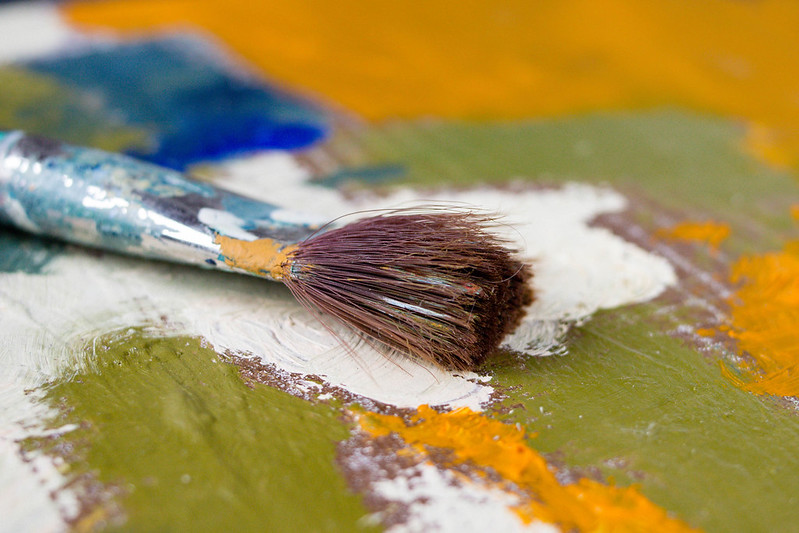
Excerpt: From sculpture to photography, art can create space for creative solutions…
What does a pencil have to say about the future? What does a song, a smell, a coyote, or a lush Haitian garden teach us about how to live in a world in flux? Artists are examining these questions as they try to make sense of climate change…
Artists take the earth’s temperature for the World Weather Network – Art | Basel
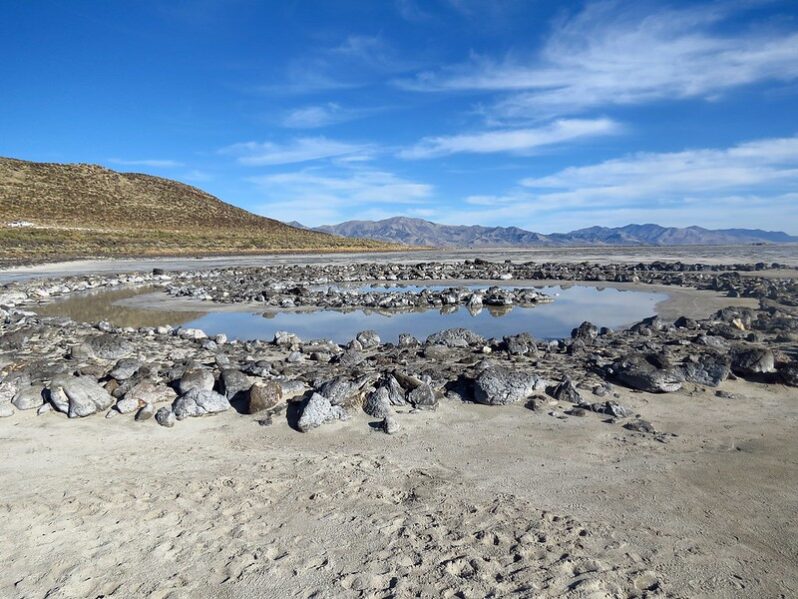
From Iceland to Bangladesh, a new kind of weather station is mapping out the stark effects of climate change…
Climate change is the most pressing issue of our time, but it’s a subject on which artists and writers have been slow starters. ‘The natural world has always been their territory,’ explains Michael Morris… ‘Yet they haven’t been part of the climate conversation in the way they might be. We wanted to combine the knowledge of scientists and the imagination of artists…’
The climate change clues hidden in the work of Canaletto – Royal Museums Greenwich
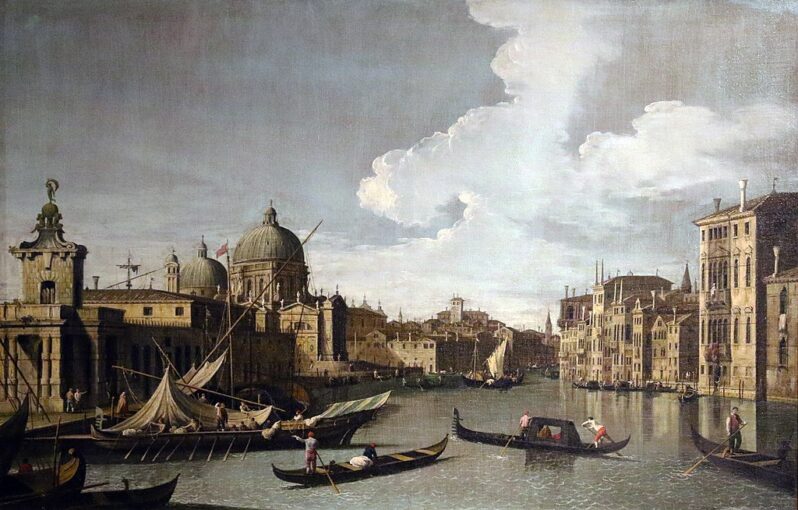
Canaletto’s paintings of Venice portray an apparently timeless city. But look a little closer, and all is not as it seems..
For 150 years, tide gauges have recorded the sea level around the city of Venice. These careful, consistent measurements help Venetians understand the risk of flooding in their city, and are also used by scientists to predict how fast sea levels may rise in the future…
Where Walruses Go When Sea Ice Is Gone – the New Yorker
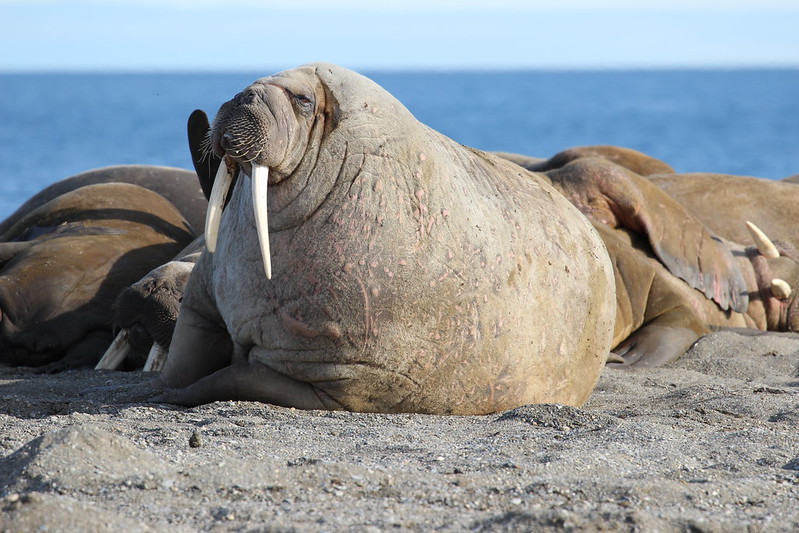
The short documentary “Haulout” follows a scientist on a remote Arctic beach who witnesses the chaotic effects of climate change on Pacific walruses – film by Evgenia Arbugaeva and Maxim Arbugaev…
In 2018, in the Siberian Arctic, the filmmakers Evgenia Arbugaeva and Maxim Arbugaev, who are sister and brother, arrived on a strange beach. “The sand was of dark colour, full of bones, and smelled terrible…”
Six Art Installations Making Sea Level Rise Visible – Metropolis
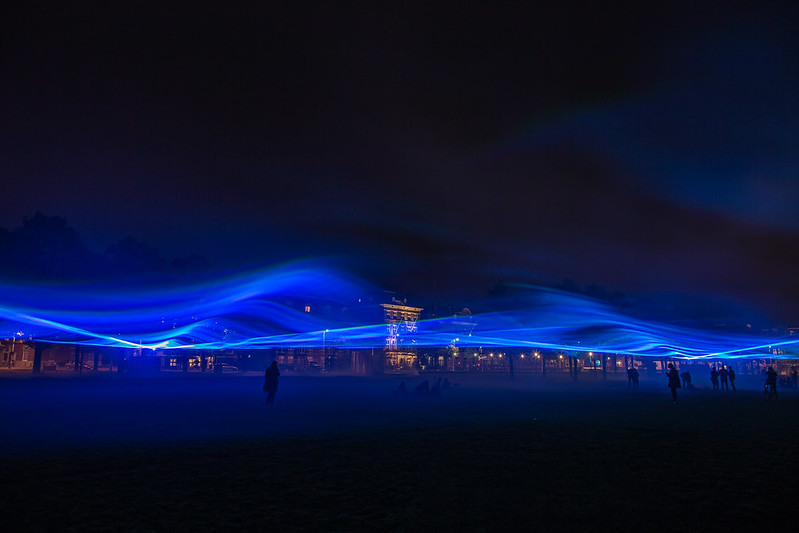
Around the globe, artists are reckoning with climate change and finding new ways to render the impacts of rising seas legible…
“Quite often on the news you’ll see these graphs showing sea level rise and flooding levels, and it can be quite hard to grasp the magnitude of it all,” says architect Andre Kong. “With something that devastating, how can you understand what it actually looks like and what it actually means?
The Art at COP27 Offered Opportunities to Move Beyond ‘Empty Words’ – Inside Climate News
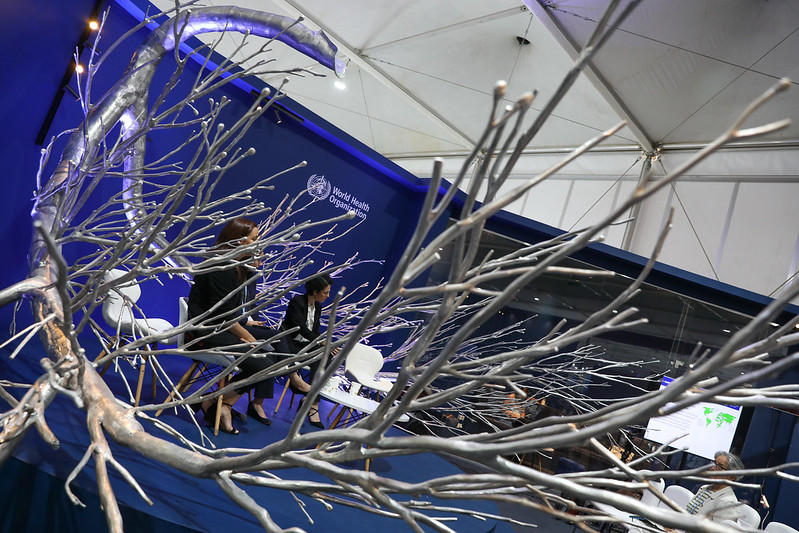
While the goal of effecting decisive global change proved largely elusive at the United Nations’ annual climate conference in Sharm el-Sheikh, Egypt, the art at COP27 offered other road maps for moving forward…
“You can’t keep having these conversations amongst yourselves as politicians and academics and scientists,” (Egyptian-Lebanese artist, Bahia Shehab) said. “We’re not getting anywhere. We need to open up the conversation.”
CLIMATE CHANGE FROM A TO Z – the New Yorker

In an urgent and beautifully composed call to action in the format of an “A to Z” narrative accompanied by bold illustrations by Wesley Allsbrook, Elizabeth Kolbert mixes serious informative facts with a dash of wry humor to acknowledge our collective failure to adequately address our climate crisis while offering some possible tools to help us try harder and do better.
This artist gets up to her neck in water to spread awareness of climate change – NPR
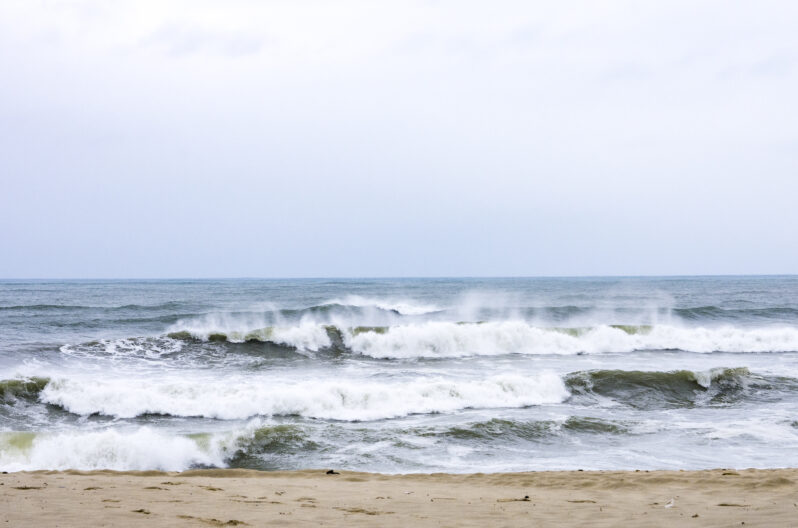
Sarah Cameron Sunde, an interdisciplinary artist, was visiting Maine in 2013…The tides struck her as the perfect metaphor for sea level rise…Three days later… she returned… for a “durational performance.” Sunde began standing at the edge of the water at low tide, and, in front of other artists from the retreat she had been attending, she continued to stand until the water rose up to her neck. She stayed until the next low tide, nearly 13 hours total.
